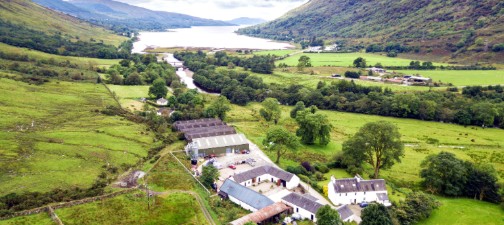
Sustainable business
Supporting Scottish businesses to grow sustainably and transition to a low carbon economy.

We’re helping businesses reduce their environmental impact through sustainable financing opportunities, enabling the move to a low carbon economy. Wherever you are on your journey, we can offer you support.
Key sustainability topics

Energy efficient buildings
Energy efficient buildings have lower bills and reduced emissions. Find out more about our Green Buildings Tool and discounted sustainable financing for higher EPC rated buildings.

Lower-carbon transport
Reduce your carbon footprint by acquiring electric or hydrogen vehicles and associated infrastructure.

Energy and renewables
Generate your own green energy with financing for renewables and find out how to switch to green energy providers.

Sustainable farming and food
Learn more about the key sustainability themes in agriculture and access the Soil Association Exchange platform to help you grow sustainably.

Sustainable manufacturing
Plan your progress with an MTC sustainability line walk and access sustainable finance to improve your energy efficiency.
Sustainable finance
Latest insight and case studies

Grounded in evidence: a way forward for British farms
We’ve teamed up with Soil Association Exchange to create the largest, most comprehensive review of farm environmental performance ever carried out in the UK.

Fyne Ales, crafting more than beer
From a remote Highland farmstead, this independent Scottish brewery has built an award-winning brand.

Royal Dornoch
With the support of a £5m funding package through Clean Growth Financing, Royal Dornoch is set to open a new energy-efficient clubhouse.
*All lending is subject to status